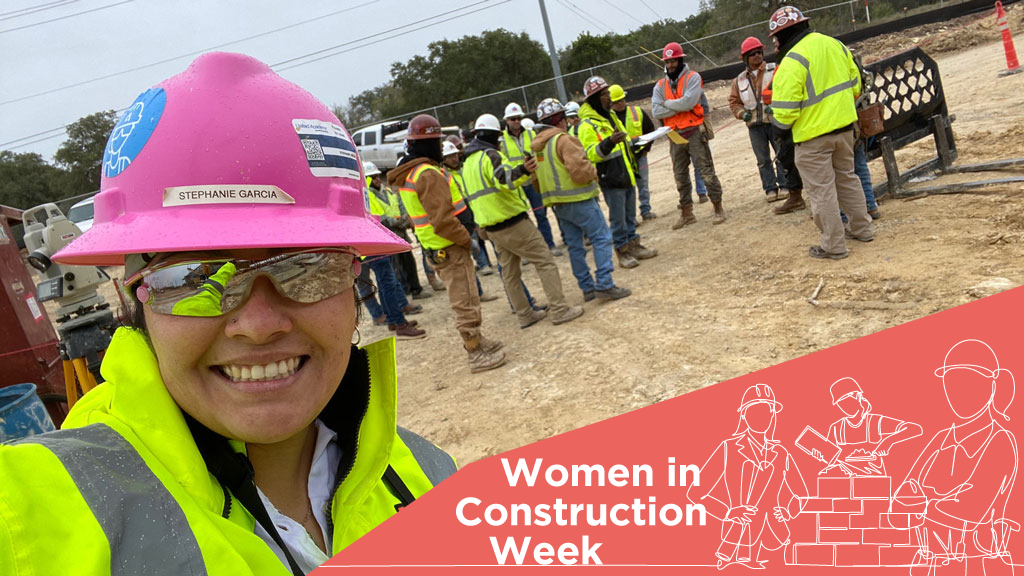North American construction workforce advocates hoping for a breakthrough in female participation won’t find much reason to celebrate in the latest statistics released on both sides of the border.
Data from the past three years indicate a minimal uptick in the numbers of women working on the tools in the sector.
As the sector marks Women in Construction Week 2022 until March 12, there is disappointment that after decades of efforts, women still account for a minimal percentage of construction trades workers – in the low single digits.
Graeme Aitken, executive director with the Electrical Contractors Association of Ontario, spoke out at a recent Ontario Construction Secretariat (OCS) event held in Toronto, recalling attending a provincial building trades conference in the late 1980s.
“I vividly recall people standing up and saying, ‘We need more women in the trades.’ This is 35 years ago,’” said Aitken.
“‘We haven’t done enough,’ is the biggest understatement I am going to hear this week.”
In the U.S, statistics compiled by Big Rentz, the New England Institute of Technology, the Bureau of Labor Statistics and others found women comprise 10.9 per cent of the construction workforce, up one per cent in two years, but only 2.5 per cent of trades in the field.
One study found women comprise five per cent of contractors and four per cent of construction managers.
In Canada, BuildForce Canada estimated in 2020 that of the nearly 1.1 million tradespeople employed in the industry, women made up five per cent. In 2017 BuildForce estimated women accounted for 12.4 per cent of the construction workforce nationally – 3.9 per cent onsite, 38.5 per cent off-site.
The OCS this year reported on Statistics Canada data on gender representation among apprentices in major construction trades, averaged from 2015 to 2019: bricklayer, one per cent; carpenter, four per cent; construction craft worker, five per cent; electrician, three per cent; plumber, two per cent; total, three per cent.
Advocates in the U.S. and Canada were asked: What practices and strategies do they feel have the potential to once and for all create a construction workforce where women feel welcomed and are able to contribute to their full potential?
Among their answers:
- Enforceable workforce targets. For 30 years New Brunswick’s Arlene Dunn worked as a labour and employer organizer in Eastern Canada, with notable success putting together workforce deals that were able to achieve a high-water mark of female trades participation – 13 per cent, on the Hebron offshore oil project.
Today Dunn is a cabinet minister in the Government of New Brunswick.
“We’re not progressing in terms of the percentage of numbers in the trades,” Dunn said. “You have to start with real numbers…If you looked at the Enron projects, there are very, very rigid numbers with respect to what their requests were, and the expectations were around women entering the trades.
“So start with those hard numbers and no excuses.”
If there were no female ironworkers available, for example, the parties proceeded to train workers up to meet the contractual obligations.
“So we’re not going to get into a situation where when we require women to be hired on the job that we don’t say that we don’t have them, that just wasn’t an excuse.”
- Accountability at the top. Dunn said the impetus to develop contracts with such exacting workforce requirements has to stem from the C-suite.
“You have to really have accountability. And you have to have people at the top who actually do want to make a difference. It’s not something that’s inspirational…it’s people who are really committed to women in the skilled trades.”
Those firms developed strong protection mechanisms to support women on worksites, Dunn said.
“Until other jurisdictions start doing the same thing, we’re going to continue to have struggles.”
- Support and networking programs. Sheila Ohrenberg of Nashville, Tenn. started out in construction as an assistant project manager 25 years ago and 15 years ago she and her sister founded their own company, Sorella Group, that specializes in carpentry as a subcontractor. She is now president of Women Construction Owners and Executives.
“Being at the top of a company and being a female construction owner, it can be lonely. They say it’s lonely at the top,” said Ohrenberg.
“When you’re a female, you’re not typically going out hunting with all the guys…Having peer groups among national construction owners is so important, because a lot of times you can think that only things are only happening to you. Then you get in a peer group and then you get to support each other.”
- Supportive corporate culture. Ohrenberg raised two children as the CEO of Sorella and so understands the value of creating an inclusive corporate culture that understands the unique needs of families in the sector.
“When women are having children and wanting to spend time with their kids and take them to school…it’s very, very difficult to have a very demanding job that you can’t get away,” she said, noting construction is cyclical with some times of the year especially busy.
“I’ve always worked for smaller companies that were family owned, and they understood that whether you’re a male or female, you have children and you’ve got to take care of the kids.”
- Reach them young. Texan Stephanie Garcia, an onsite quality manager with Rogers-O’Brien Construction in San Antonio, is an activist with the National Association of Women in Construction (NAWIC). Garcia supports a local program that offers free classes that serve as an introduction to the trades for young women. The girls obtain hands-on exposure to presentations on, for example, robotics in construction.
Garcia, who earned degrees in interior design and architecture and is recognizable on jobsites with her trademark pink construction helmet, also participates in a high school program called Bridging the Gap.
“I really enjoy going out there and talking to all the young students. We tried to do a lot of that to get them interested,” she said.
- Effective anti-discrimination measures. Kayla Bailey is a steamfitter and welder who has taken on the role of full-time project manager with Ontario Building and Construction Tradeswomen. She feels the trades are about to experience an “explosion” of interest among women.
But while initial interest may not be a problem, retention is a major hurdle, she said. Unfortunately, Bailey said, out in the field, where the number of women is miniscule, the vast majority of men are supportive but there is still an element of the Wild West.
“I have sat through dozens of diversity training meetings,” she said. “And for some people, it does mean education and it changes attitudes but…I can tell you, just from my personal experience, that there is zero enforcement of these policies.
“We hear that from our trade committee as well. I wish the solution was as simple as your health and safety policy that has a gender lens. But really, if you’re not enforcing it, you’re really not going to make a change in the industry.”
Follow the author on Twitter @DonWall_DCN.











Good afternoon, can you please tell me if you have any programs at this time or in the near future for women in the trades ?